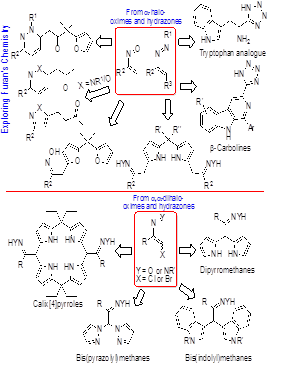
Tien-Yau Luh
National Taiwan University, Taiwan
Title: Mimicking DNA proofreading and repair for stereospecific synthesis of polymers from ladderphane to stromaphane
Biography
Biography: Tien-Yau Luh
Abstract
Self-healing is one of the most important biological processes in which damage triggers an autonomic healing response. DNA repair represents self-healing process at the molecular level. Despite chemical reactions and non-covalent interactions playing a key role on self-healing of polymers and composite materials, the use of self-healing strategy for selective chemical synthesis remains to be explored. We envisioned that this strategy could be borrowed to enhance selectivity or specificity in chemical synthesis. The scheme below summarizes the self-debugging concept that could be executed for the synthesis of a polymer in a specific manner. During the chain growth process (step a), side reaction might take place to intervene the uniformity of the polymeric chain, B-moiety being incorporated to give 2 (step b). The catalytic center at the chain end can immediately take action to sense and eliminate the “intruder” B, in the meantime, to regenerate the active species 3 for further chain growth (step c). In order to give uniform 4, step d for the chain growth from 2 must be much slower than that of step c. We have adopted ROMP of cyclopropene derivative 6 with the first-generation Grubbs catalyst to give the corresponding substituted poly (methylene-vinylene) 7 with all double bonds in trans configuration in addition to cyclohexadiene 8 by-product which can easily be separated from 7. When the second-generation Grubbs catalyst is employed, cyclic polymer 9 with all double bonds in trans-configuration was obtained in addition to 8. Both reactions may basically follow the mechanism shown in the above Scheme. An extension of the ROMP reaction to biscyclopropene has been pursued. A two-dimensional polymer, stromaphane 10 (defined as multiple layers of ladderphanes of which the internal polymeric backbones are shared by two adjacent ladderphane moieties) was obtained.
Image
Recent Publications
- For reviews, see: Luh, T.-Y. Acc. Chem. Res. 2013, 46, 378-389. Luh, T.-Y.; Ding, L. Tetrahedron 2017, 73, 0000 (DOI: 10.1016/j.tet/2017.09.29.
- Stroma (from Greek, στρῶμα, or strÅma) means “layer“



